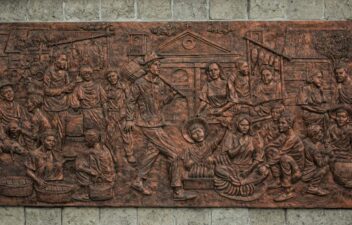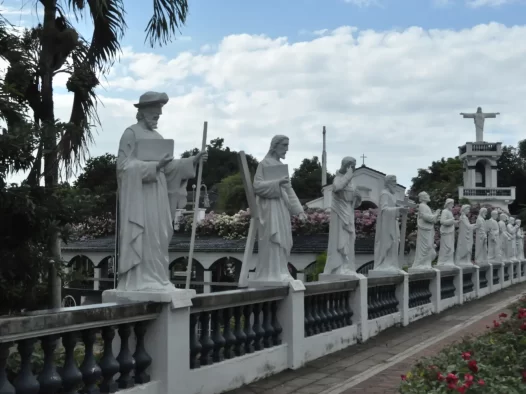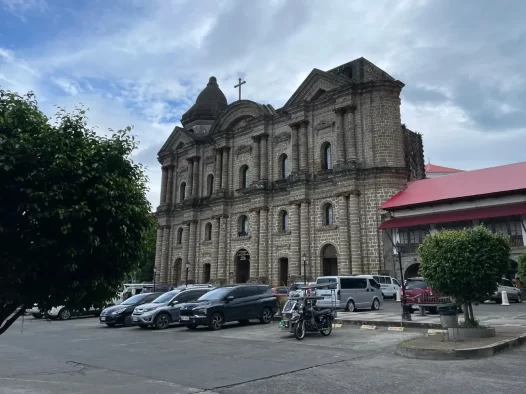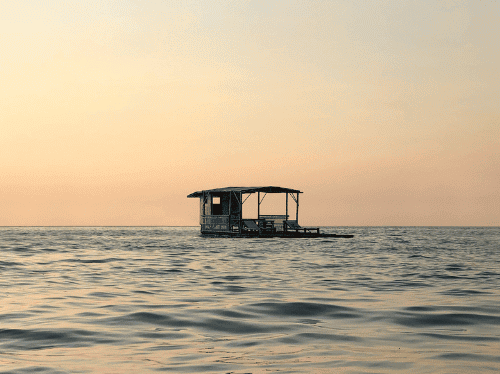Ibaan
Ibaan, a rising commercial town in the province of Batangas, is home to a vibrant community of small business owners and industrialists who take pride in contributing to the municipality’s development. Originally a barrio of Batangas, now Batangas City, Ibaan saw its first settlers in Matala, which is now a barrio located 15 kilometers away. In 1832, the residents desired to establish a separate Poblacion and officially separated from the town of Batangas. The governance of Ibaan was led by the “Principalia,” with officials such as the Gobernadorcillo and Cabeza de Barangay exercising their power and responsibilities. Alongside this, the provincial church was also established.
Geographically, Ibaan is bounded by Lipa City and the Municipality of San Jose to the north, the Municipalities of Rosario and Taysan to the east, Batangas City to the south, and Batangas City and the Municipality of San Jose to the west. It is situated at 13°49′05′′ North Latitude and 121°07′55′′ East Longitude. The town is located 96 kilometers away from Manila and 17.2 kilometers away from Batangas (Provincial Capitol). It is conveniently accessible via the Southern Tagalog Arterial Road (STAR) Tollway, with Exit/Entry points at Barangay Malainin. Ibaan’s strategic location allows for easy connections to neighboring areas, enhancing its accessibility and facilitating economic growth.
History and Heritage
Originally a barrio of Batangas, now Batangas City, Ibaan has a rich history that traces back to its early settlers in Matala, a barrio located 15 kilometers away from the town. In 1832, the residents of Ibaan desired to have the Poblacion transferred and formally separated from the town of Batangas. During that time, the “Principalia” formed the basic form of government, with officials such as the Gobernadorcillo and Cabeza de Barangay exercising their powers and duties. The establishment of the principalia was accompanied by the construction of the provincial church, solidifying the local governance and religious presence.
The name Ibaan originated from the abundance of “Iba” trees that once heavily forested the area. The fruits of the Iba trees resemble those of the “calamias” tree, with the main difference being their shapes. The early settlers referred to the place as “baan,” meaning the place where “Iba” trees thrive. Ibaan also gained recognition as the home of the “Kulambo” or mosquito net, with the weavers of Ibaan producing a significant percentage of the mosquito nets used throughout the Philippines. The town became known for its craftsmanship in weaving various clothing materials and kitchen wares, which were peddled by traders across the country.
In terms of history and nationalism, Ibaan experienced the shift from loyalty to Spain to a spirit of nationalism fueled by injustices and selfishness from Spanish leaders. The people of Ibaan fought for freedom, establishing a republic led by Baltazar Ramirez. However, the arrival of American rule marked a new chapter, with the Ibaeños facing hardships and challenges in their quest for democracy. They were later confronted by the brutal invasion of Japanese soldiers during World War II, leading to a united effort among Filipinos, including the Ibaeños, to fight for freedom. With the granting of Independence and the establishment of a new society, the people of Ibaan celebrate their unity and cooperation every December 30th, reuniting with their loved ones and giving thanks.
The municipality of Ibaan chose the “Pascua” as its official flower due to its red color, symbolizing the courage of the Ibaeños. This flower blooms in December, coinciding with the town’s fiesta celebration. As Ibaan continues to exist, the tradition of celebration and unity remains a cherished practice among its people.
Climate
The rainy season starts in June and ends in November. When December comes, the people experienced a very cool dawn. The summer season on the month of March to the end of May.
If you prefer a hassle-free trip, you can rent a car or hire a private vehicle for more convenience and flexibility. Public transportation, such as buses and jeepneys, is also available and can be a more budget-friendly option.
Batangas: Where history, beauty, and resilience converge, creating a tapestry of captivating stories and unforgettable moments.
LesKuHLiemBo Festival
The municipality of Ibaan celebrates its Founding Anniversary every February 11 with the vibrant LesKuHLiemBo Festival. The festival’s name is derived from the initials of significant local products: LES representing Tamales, KU representing Kulambo, H representing Habi, LIEM representing Liempo, and BO representing Tubo. This unique festival name showcases the Ibaeños as not only vendors but also as prominent producers and patrons of these products that have become renowned throughout the country. The combination of these initials in LesKuHLiemBo represents a festive celebration of gratitude for the abundance and successful harvest that the community has achieved.


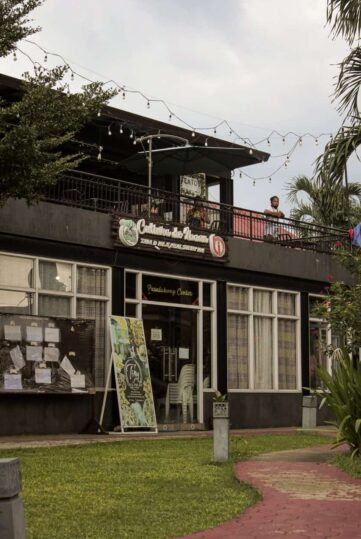
Local Attractions
Batangas in the Philippines offers a range of local attractions that cater to various interests. These are just a few of the attractions you can explore in Batangas. Whether you’re interested in history, nature, or relaxation, the city offers something for everyone.
Getting Around
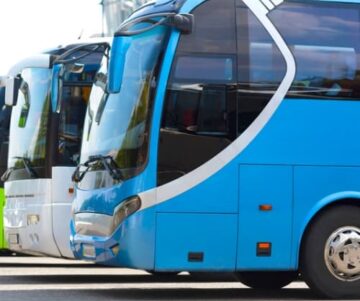
Buses
Buses provide transportation for longer distances, connecting Batangas with other regions and provinces. These buses have designated terminals and offer a more comfortable option for longer journeys.

Jeepneys
Jeepneys are a staple mode of public transportation in the Philippines. They are colorful, elongated jeeps that can carry multiple passengers. Jeepneys follow specific routes and have fixed fares.
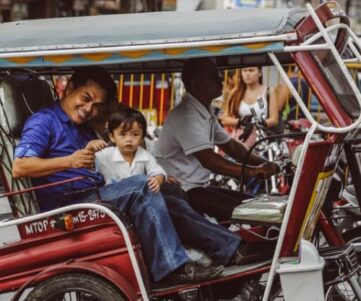
Tricycles
These motorized vehicles consist of a motorcycle with a sidecar, which can accommodate around 3 to 4 passengers. Tricycles are commonly used for short trips within the city, and fares are usually negotiable.
